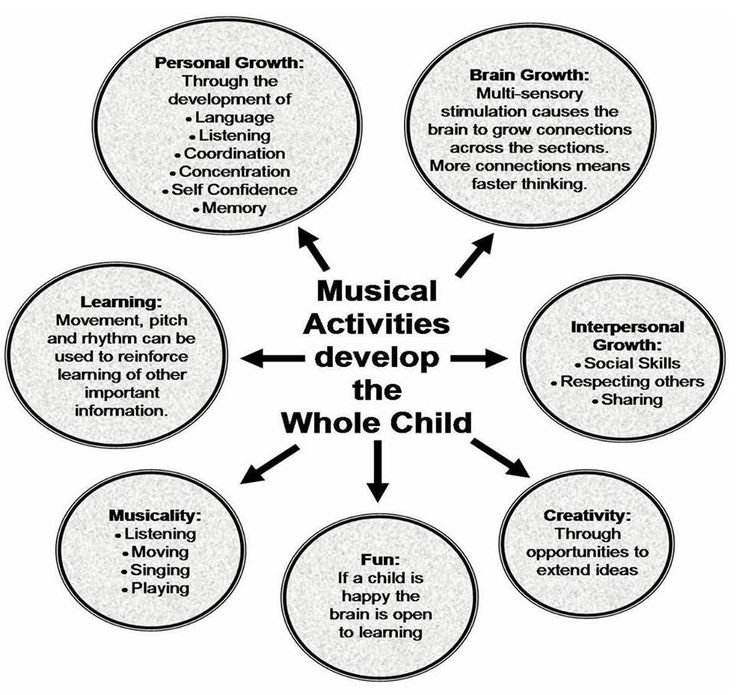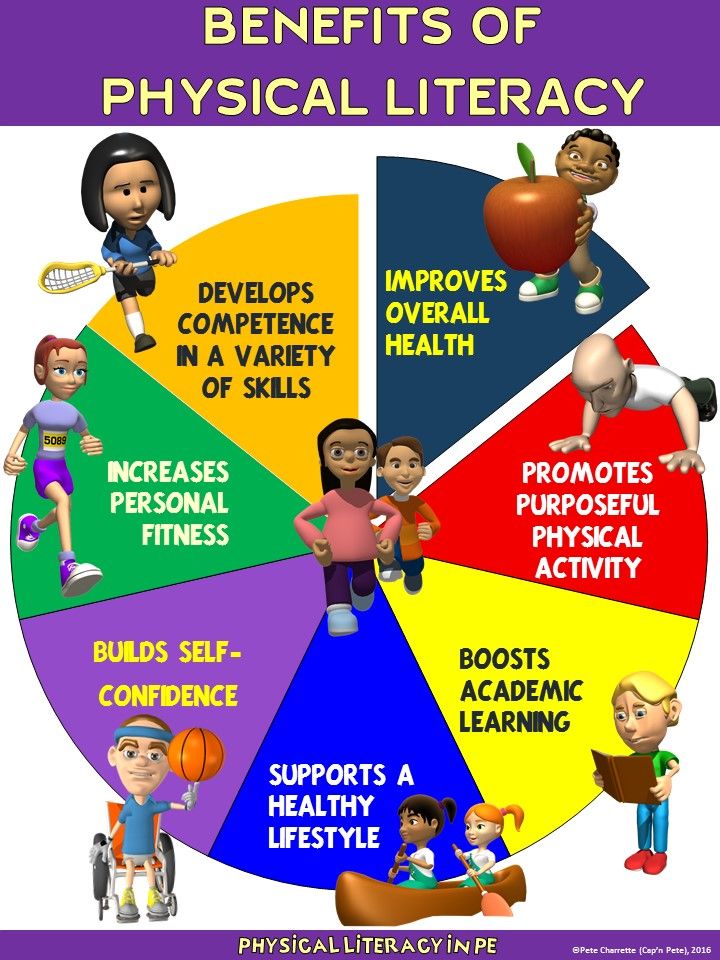Benefits of active learning in the classroom pdf
For many students, attending school is an “inauthentic experience to be endured until real life begins.”4 Since, according to the traditional paradigm, a classroom environment is dedicated to controlling impulses, many students consciously reject the scholastic experience.
Classroom learning allows for many different types of learning, such as, lectures, debates, labs, tutorials, and question/response discussions. Who Uses It Classroom learning is for all those that wish to be active participators and learn life experiences such as group work and learning.
Active learning is a form of learning in which teaching strives to involve students in the learning process more directly than in other methods. Bonwell (1991) “states that in active learning, students participate in the process and students participate when they are doing something besides passively listening.” (Weltman, p. 7) Active learning is “a method of learning in which students are
active before, during and after the school day.5 Further, benefits associated with school-based physical activity programs found that the greatest effects were seen when children engaged in aerobic physical activity, like jogging in place, rather than resistance activities, like push-ups or sit-ups.8 The same review showed that children who were physically active in small groups (10 to 30
the classroom, active learning techniques have become common place in the traditional as well as online classroom environments. Active learning is an …
3. encourages active learning Sewrey Presentation SDSU Spring 2010 5. Engaging Students in Learning • Engage students in activities that require them to reflect on ideas and how they are using those ideas • Involve students in doing things and thinking about what they are doing • Focus the responsibility of learning on learners who engage with the contents and cognitively become active
The teacher uses the full space of the room to facilitate the active involvement of as many students as possible. As the teacher moves through the “whole class” part of the lesson, the teacher moves to various parts of the room. The goal is to use space to bring about desired behaviors such as on task behavior (teacher moves in closer), require louder speech from responding student
Simply put, active learning is the process of learning via engaging with the content. It means students are interacting with the material in any way that can promote active thought, via ‘activities’ for learning or via re-framing the note-taking process to encouraging thinking about the material rather than transcribing the content.
Hands-on Learning Benefits Well-designed, hands-on activities in the classroom foster connections to real-world situations and increase learner engagement . This commingling of the classroom and the rest of life is called hands-on learning.
using active learning strategies in the classroom: (1) the six potential obstacles noted above, and (2) the fact that using active learning strategies involves risk B.
So, what benefits do students derive from cooperative learning activities? The answer is that many life skills can be learned and enhanced through teamwork. Following is a list of five positive results from the effective use of cooperative learning in the classroom setting.
supported the use of active learning in the classroom for some time (Jungnickel et al., 2009) and active learning strategies may be the most effective way to enhance and reinforce new information.
In the current study, features of interactive study, student control, and active learning exist in the use of video lectures. The course instructor controls available content, but students may choose
Emerging among the many calls to transform engineering education is a push to replace the traditional lecture with online video content, and couple this with collaborative active learning on campus. The interest in this Flipped Classroom approach is mirrored by the global MOOC phenomenon.
“Active learning, not passive [learning] makes it impossible to sleep through a class,” Mazur said. Mazur — the son of two teachers — told that audience that he never planned on teaching. “I knew I was going to do something useful,” he quipped.
Active learning is the process of involving all students in activities that encourage them to develop a deeper understanding of content by working with and reflecting upon the material being presented.
Strategies to Support Children’s Active Learning Michelle Lynn Cohen – CKE Dances! Faculty Learning can be both fun and physical. Group Games and Structured Movement Activities promote both fun and learning for the student as well as promote a positive environment for the classroom. Group games are a great way for an educator to bring movement into the classroom without having prior
Kinesthetic Learning in the Classroom

Introduction to Active Learning CRLT
material, which promoted active learning in a large class environment. Assigning a Group Assigning the members of the group is integral to the success of the group.
Energizing the Classroom with Active Learning The core concept of active learning is to improve the learning experience for students and the teaching experience for …
What is Active Learning 2 Chinese Proverb 4 Learning Pyramid 5 List of Active Teaching Methodologies 6 Brainstorming 7 Questionnaires 10 A Visitor to the Classroom 15 Personal Interview 20 Learning Logs/Diaries 22
dimensions of the teaching process, active learning in the classroom can be optimized.Withineachofthefourdimensions,therearespecificactionsteps that can be taken to create active learning in the classroom.
Time (mins) Activity Description: 5 Intro 20 Describe how people learn, and what an active classroom looks like 20 Identify benefits of an active-learning classroom
Adoption of Active Learning in Lecture-based Engineering Class Download (.pdf 116K) Addressing Challenge #6 Recommendations, tools, and templates for planning and running project based courses which integrate technical content and professional skills.
Active Learning: 101 Strategies to Teach Any Subject. Allyn and Bacon: Boston, 1996. VanGundy, Arthur. 101 Activities for Teaching Creativity and Problem Solving. Pfeiffer: San Francisco, 2005. Watkins, Ryan. 75 e-Learning Activities: Making Online Learning Interactive. San Francisco: Pfeiffer, 2005. These techniques have multiple benefits: the instructor can easily and quickly assess if
ED340272 1991-09-00 Active Learning: Creating Excitement in the Classroom. ERIC Digest. ERIC Development Team www.eric.ed.gov. Table of Contents. If you’re viewing this document online, you can click any of the topics below to link directly to that section.
* The benefits of active learning are widely acclaimed. According to Guthrie and Carlin (2004), modern students are According to Guthrie and Carlin (2004), modern students are primarily active learners, and lecture courses may be increasingly out of touch with how students engage with their

the development of active and interdisciplinary learning rather than game-based learning approaches. Summary of findings from the interviews with . classroom teachers. The interviews with classroom teachers found that: − Teachers may have had initial reservations about trying out game-based learning, but those who did, believed it enhanced learning; − Teachers who participated in game
(pdf): This document provides a considerable list of strategies to foster active learning in the classroom. This document is useful for instructors looking for ways to boost students’ engagement and understanding or for activities to build into a lesson plan.
In contrast to traditional lectures, active-learning classes increase the relevance of their LGBTQIA identities due to the increased interactions among students during group work. Finally, working with other students in active-learning classrooms can present challenges and opportunities for students considering their LGBTQIA identity. These findings indicate that these students’ LGBTQIA
Despite the wide range of positive benefits listed above, Michael (2006) articulates an important point: “active learning doesn’t just happen; it occurs in the classroom when the teacher creates a learning environment that makes it more likely to occur”.
The core concept of the flipped classroom model is to improve the learning experience for students and the teaching experience for instructors before, during, …
ronment of the classroom in an active-learning classroom.” Alex (trans): “In a traditional lecture class, I normally just pick a seat not close to people and mind my business.
of retrival practice on learning and the many educational benefits of frequent student testing can be found in Roediger, Putnam, and Smith (2011). For an accessible discussion of much of the research mentioned in this paper, in addition to many examples of instructor and student strategies to make learning more active, see Brown, Roedigger, and McDaniel (2014). Finally, for a comprehensive
• Learning outside the classroom supports the development of healthy and active lifestyles by offering children opportunities for physical activity, freedom and movement, and promoting a sense of well-being.

Active Learning: Creating Excitement in the Classroom. by Charles C Bonwell and James A. Eison ASHE-ERIC Higher Education Report Nr 1,1991. Prepared by
Active learning strategies can be instrumental in the teacher’s quest to create positive learning experiences and outcomes. This book provides an opportunity for teachers to explore a multitude of
Active Learning Through Play and Exploration Play is the fundamental, natural, universal activity of children. Play is intrinsically motivated for personal satisfaction and is a way of learning. It is the expressive activity resulting from the child’s desire to make sense of the world. Children learn through the process of play because of an inner drive to explore, experiment, and discover
Keywords: Active learning, Bloom’s taxonomy, assessment, teaching techniques. Traditionally, college lectures consist of teachers verbally communicating information to the students, and students passively receiving and encoding it in their memories (Boyer,
A classroom full of unit blocks and other manipulatives provides children with the materials they need for active learning. A supportive teacher who respects young children’s explorations and who understands the importance of play can help active learning happen.
Playing games in the classroom is always great fun! When playing a game, endorphin’s are produced that stimulate the brain and gives students a feeling of euphoria. This feeling of euphoria creates a great sense of happiness and excitement for students in the classroom, developing a positive learning …
In their seminal work Active Learning: Creating Excitement in the Classroom, compiled in 1991 for the Association for the Study of Higher Education and the ERIC Clearinghouse on Higher Education, Bonwell and Eison defined strategies that promote active learning as
rationale for active learning is considered along with an account of the classroom activities of teachers and children in five primary settings implementing the policy shift to active learning.
Active Learning Creating Excitement in the Classroom ERIC
Active learning classrooms (ALCs) are learning spaces that have been designed to facilitate and promote active learning. Research on learning space design has demonstrated that the design of a classroom has impact upon the way in which students and instructors interact and engage in teaching and learning.
Active Learning vs. the lecture – This podcast revisits the question of whether active learning or lecturing is more appropriate, and offers glimpses into several university classrooms to articulate the potential that both approaches can hold. The podcast is accompanied by related web resources.
active learning research attribute the following benefits to active learning: Creates greater student interest and motivation than traditional lecture. Involves students in learning-process activities rather than passive listening.
Current research describes the benefits of active learning approaches. Clickers, or student response systems, are a technology used to promote active learning. Most research on the benefits of using clickers in the classroom has shown that students become engaged and enjoy using them. However
benefits of active learning through games in the classroom. Perspectives There are many explanations as to what defines an “educational game” nowadays. While some games are competitive in nature, others may simply allow students to work together as a class to solve a general problem where no one “wins” or “loses.” In “All Play and No Work,” MacKenty (2006) states that, “it – importance of reinforcement in teaching and learning pdf Rethinking the Classroom SPACES DESIGNED FOR ACTIVE AND ENGAGED LEARNING AND TEACHING Educators, researchers, and students are discovering the benefits and advantages of cooperative, active, and engaged learning. Classroom spaces that support such a shift in teaching and learning have lagged behind. A significant opportunity exists for maximizing learning opportunities …
Clickers in the Classroom An Active Learning Approach
Coming Out in Class Challenges and Benefits of Active

Digests ERIC
Active Learning Strategies Student Perceptions

Benefits of Active Learning Queen’s Active Learning
Why do Active Learning? Queen’s Active Learning Classrooms


the benefits of active learning University of Virginia
The Risk of Active Learning in the Classroom Negative
finks taxonomy of significant learning pdf –


Ava
Active learning is a form of learning in which teaching strives to involve students in the learning process more directly than in other methods. Bonwell (1991) “states that in active learning, students participate in the process and students participate when they are doing something besides passively listening.” (Weltman, p. 7) Active learning is “a method of learning in which students are
Active Learning Strategies Student Perceptions
New technologies give students the tools and motivation to